Have you ever been told by your healthcare provider to do exercises with specific equipment that you do not own? This blog will explain how you can use simple things around your house to complete your essential home exercises after surgery or injury. In our previous blog, we showed you some substitutes for clinical exercise equipmentthat can most likely be found in your home.
In this blog we want to make your life easier and give you some more practical solutions for substituting gym or clinical equipment at home.
Some people struggle to be able to fully straighten their knee after injury or surgery. By propping your ankle on a rolled up towel and putting an ankle weight above your knee cap for 5 minutes twice a day, you can help yourself be able to fully straighten your knee.
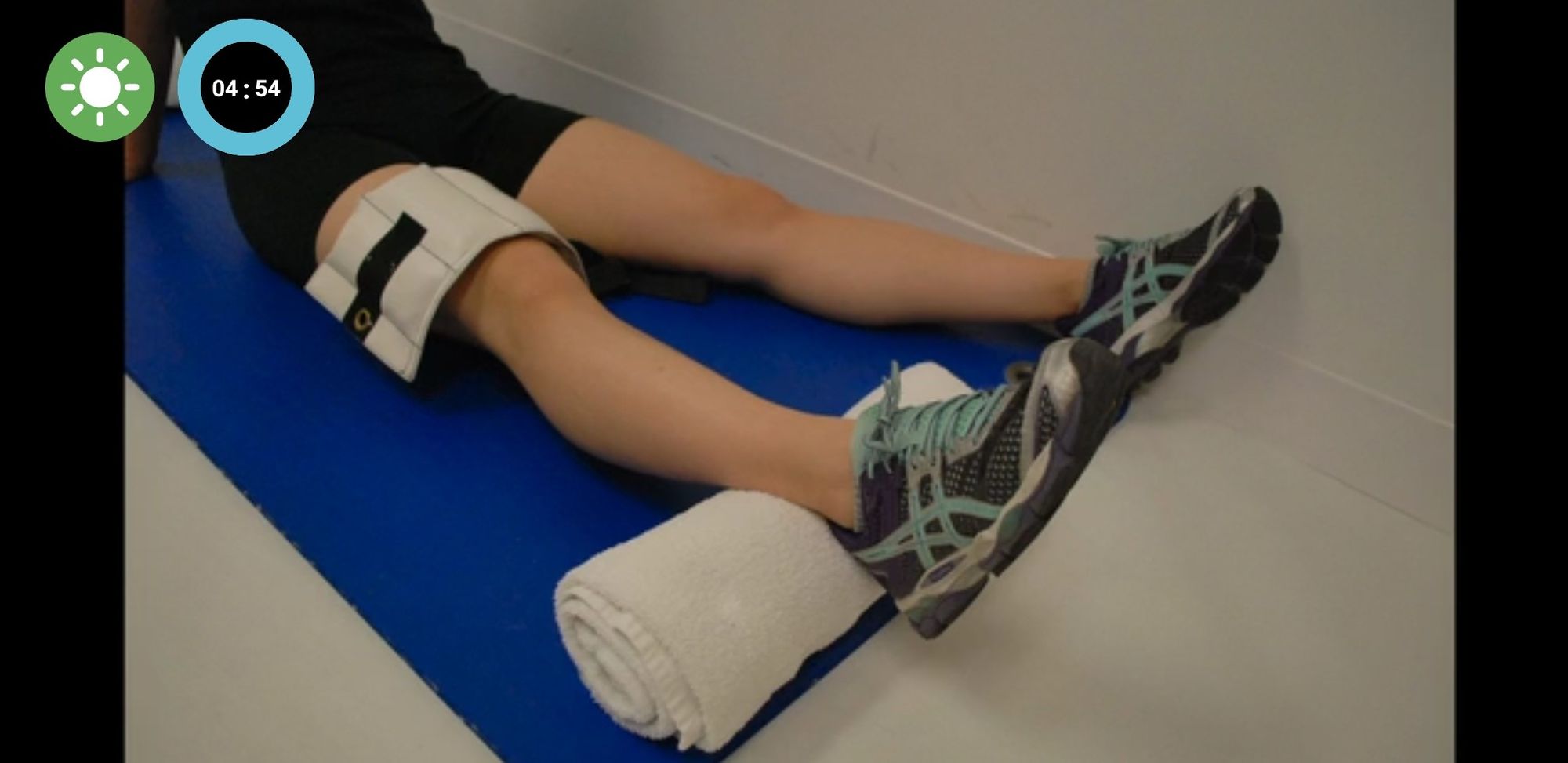
If you do not have ankle weights at home, you can use any lighter weight object instead to help straighten out that surgical knee such as: a sock filled with dry beans or rice, a small bag of rice or flour, a carton of milk, a jug of water, laundry detergent, or even applying gentle pressure with your hands.
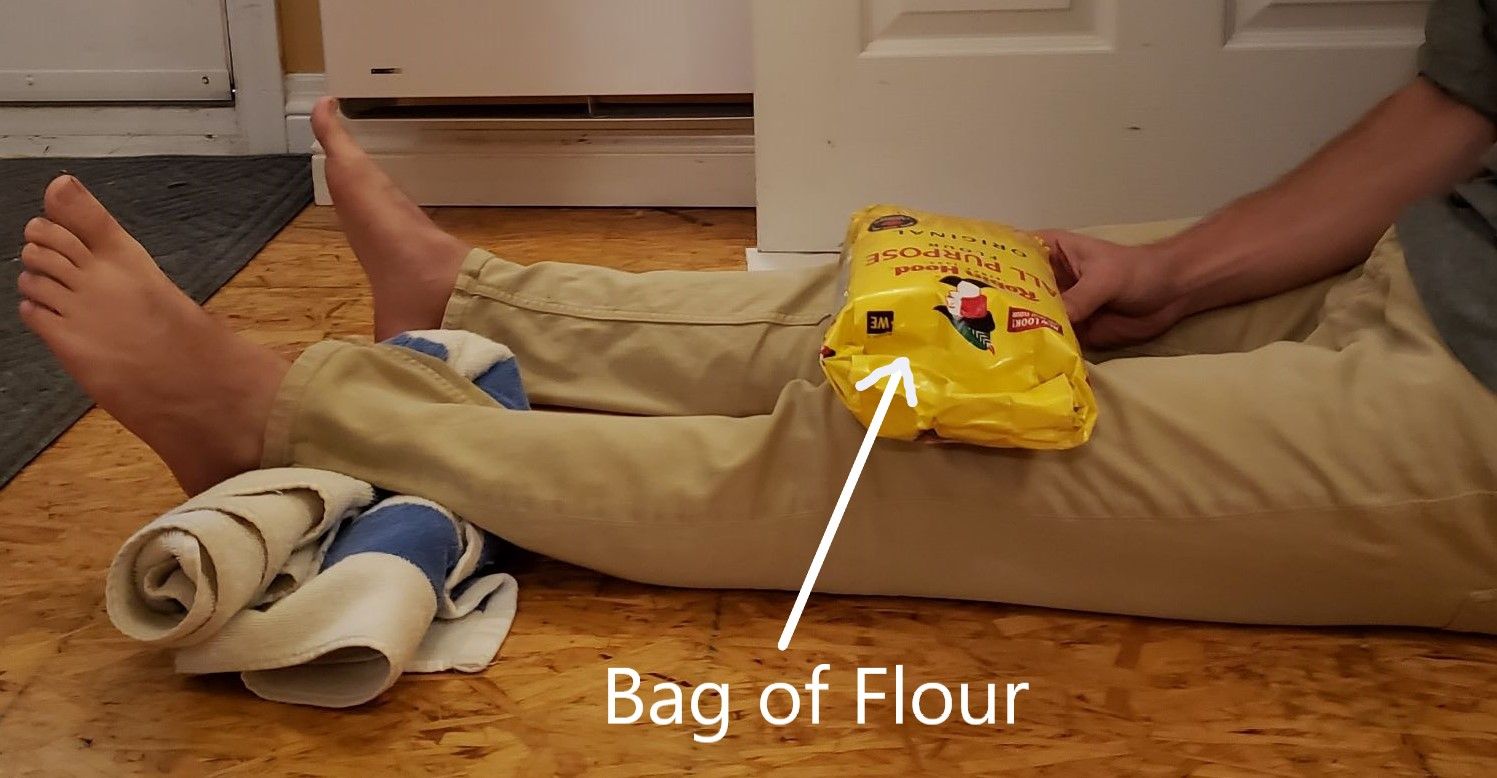
Many people struggle to regain balance and stability in their leg after injury or surgery. By balancing on an unstable surface, you can help yourself regain balance and stability in your surgical leg. The unstable surface provides an additional challenge to balance and stability of the leg.
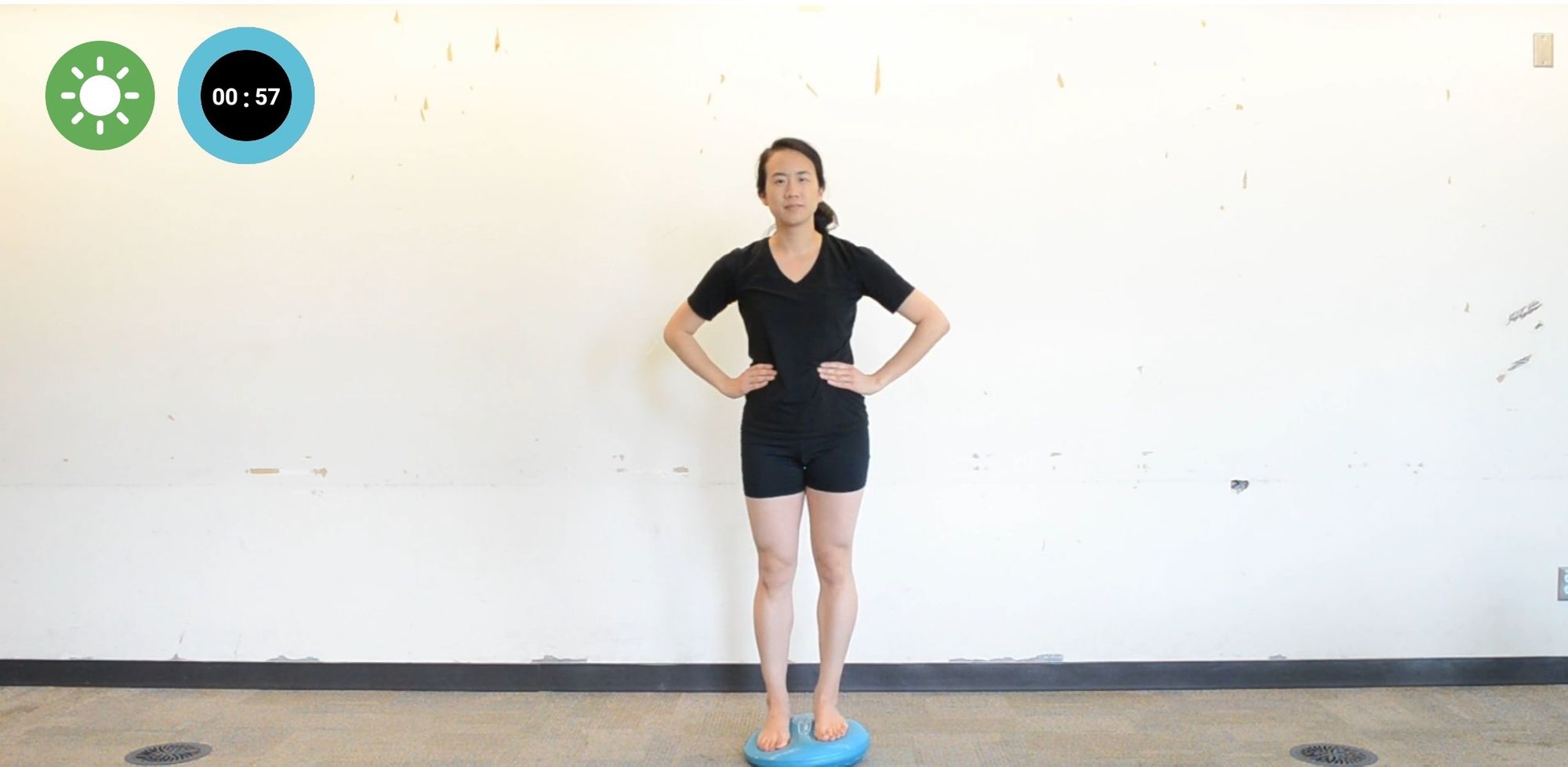
If you do not have a balance disc, you can use other unstable surfaces or even create your own such as: stacking pillows or couch cushions on the ground, standing on a pile of sand or dirt, standing on grass, or standing on a softer foam pad of any kind you might have lying around the house such as a rolled up yoga mat.
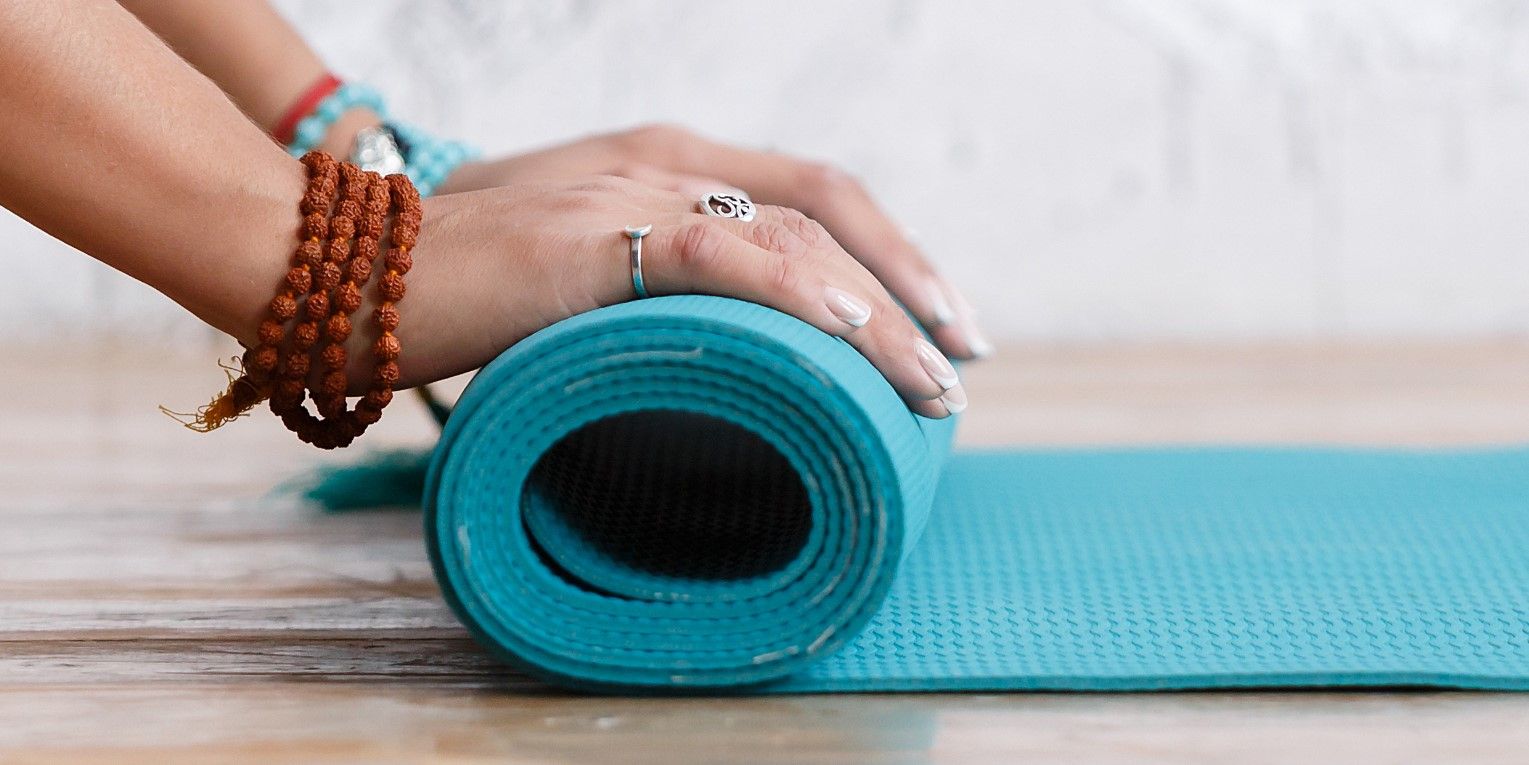
To further challenge strength and stability in the surgical leg you can do side steps onto a three inch block. Because you are stepping sideways, you are challenging your strength and stability from side to side.
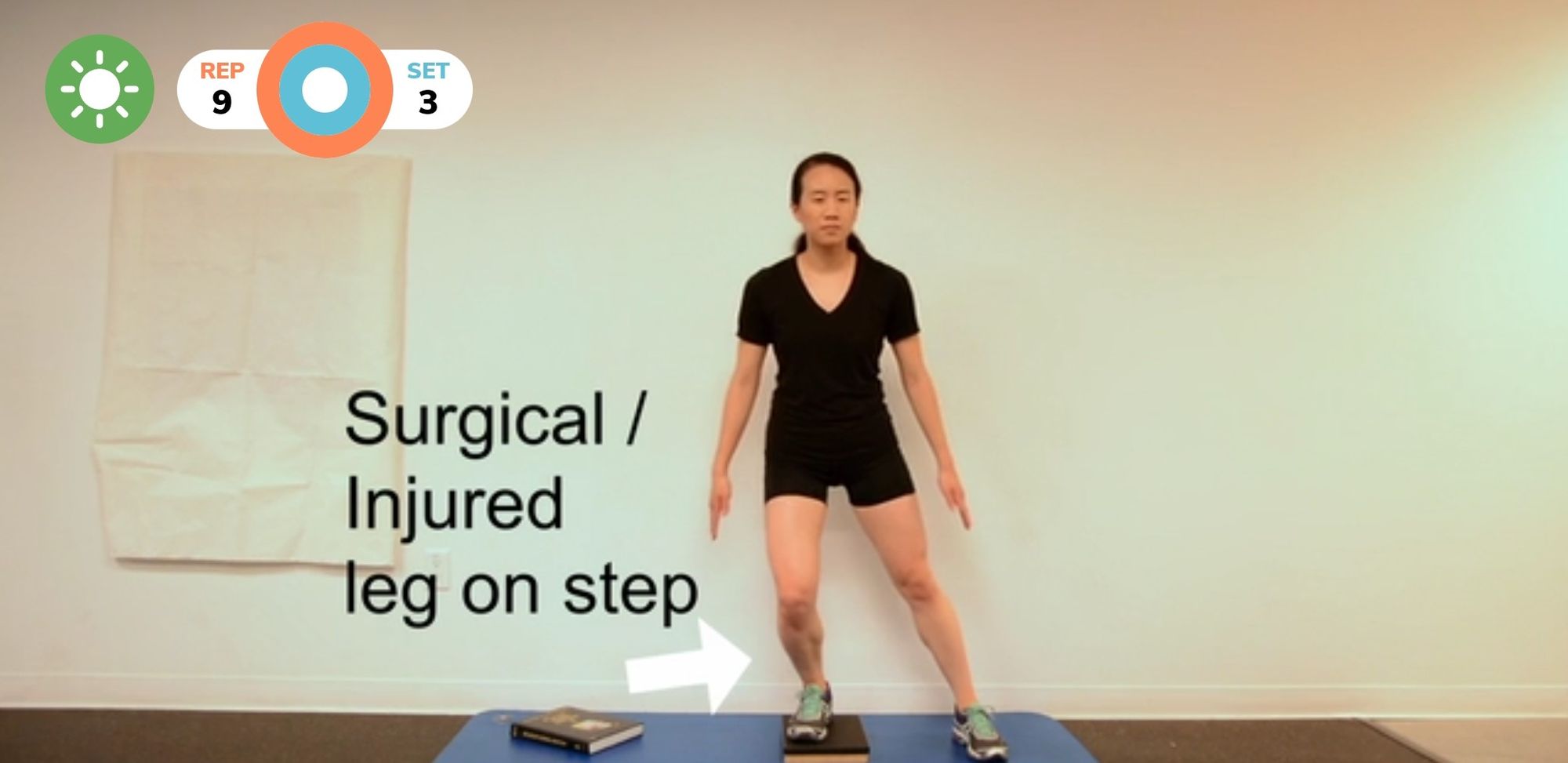
If you do not have a step up platform/riser at home, you can instead use the first step of your stairs or landing, a stable box or storage container, a low rise stool, or the first rung of a step ladder, step stool, or a stack of textbooks.
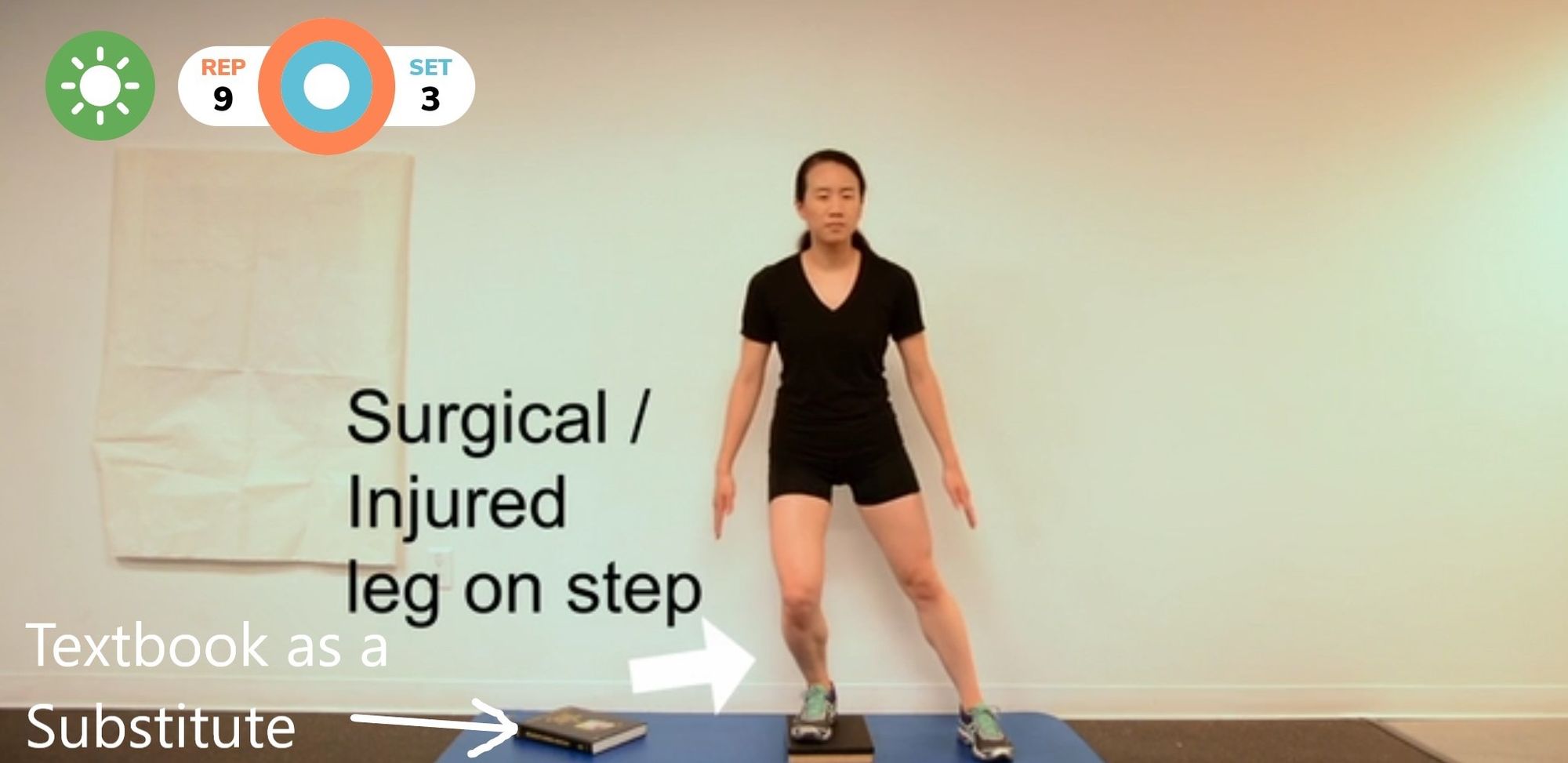
Strengthening the hamstring muscle is essential to providing more stability around the surgical knee, especially when jumping or running. A good way to strengthen your hamstring muscles is to do hamstring curls with a resistance band.

However, if you do not have an exercise band for this exercise, you can instead use: a bungee cord or the inner tube of a bicycle tire. These should provide enough load to effectively strengthen your hamstring muscles.
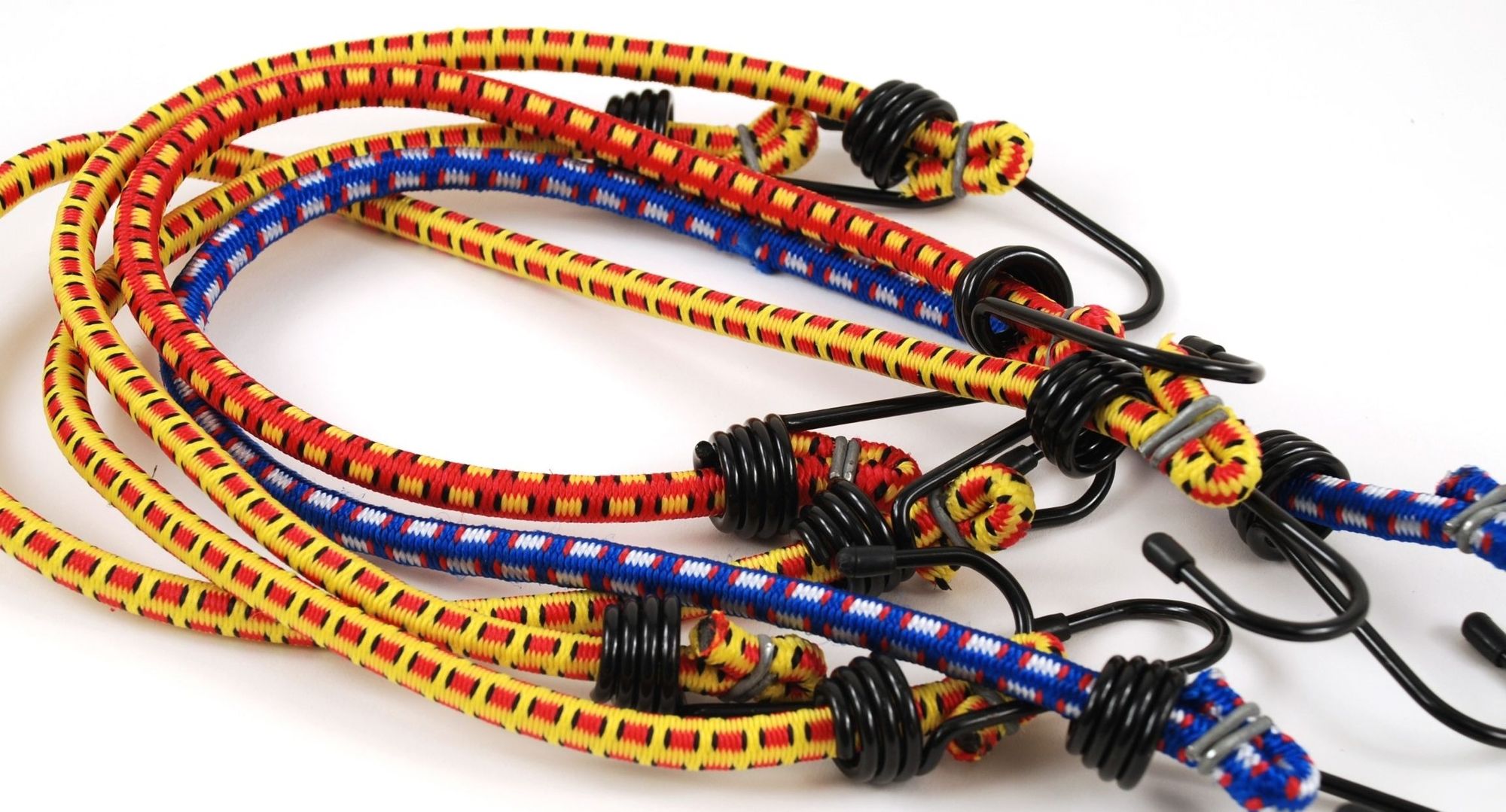
Many people also struggle to regain the necessary strength and stability in the surgical leg to perform activities such as running or jumping. By running Figure 8’s from cone to cone, you can improve your strength and stability in the leg and lower your chance of reinjury when doing these activities in the future.
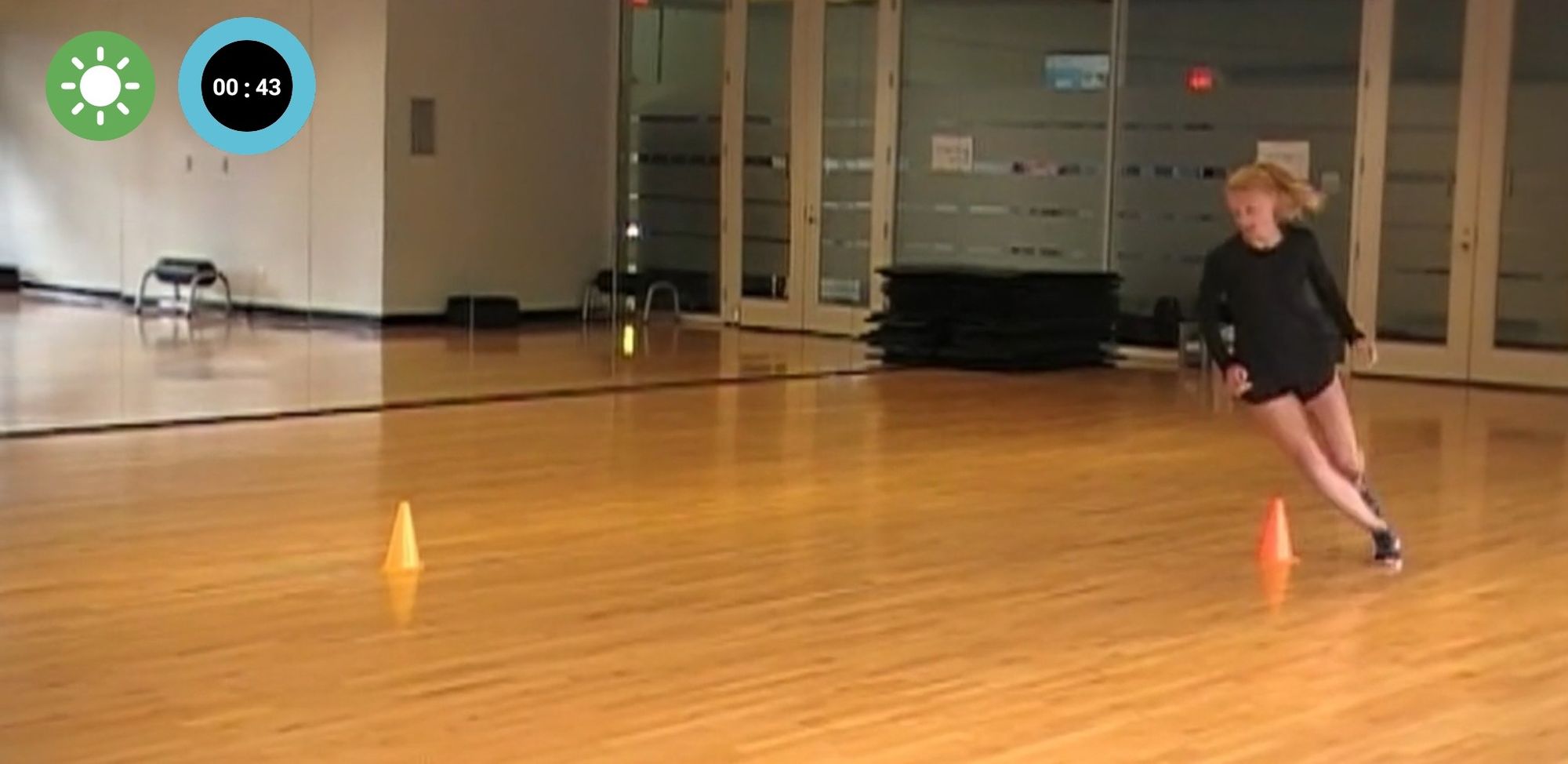
If you do not have pylons or cones to use as markers, you can use water bottles, bright coloured clothing, tree branches, sticks, markings already on the ground, or any reflectors you might have lying around.
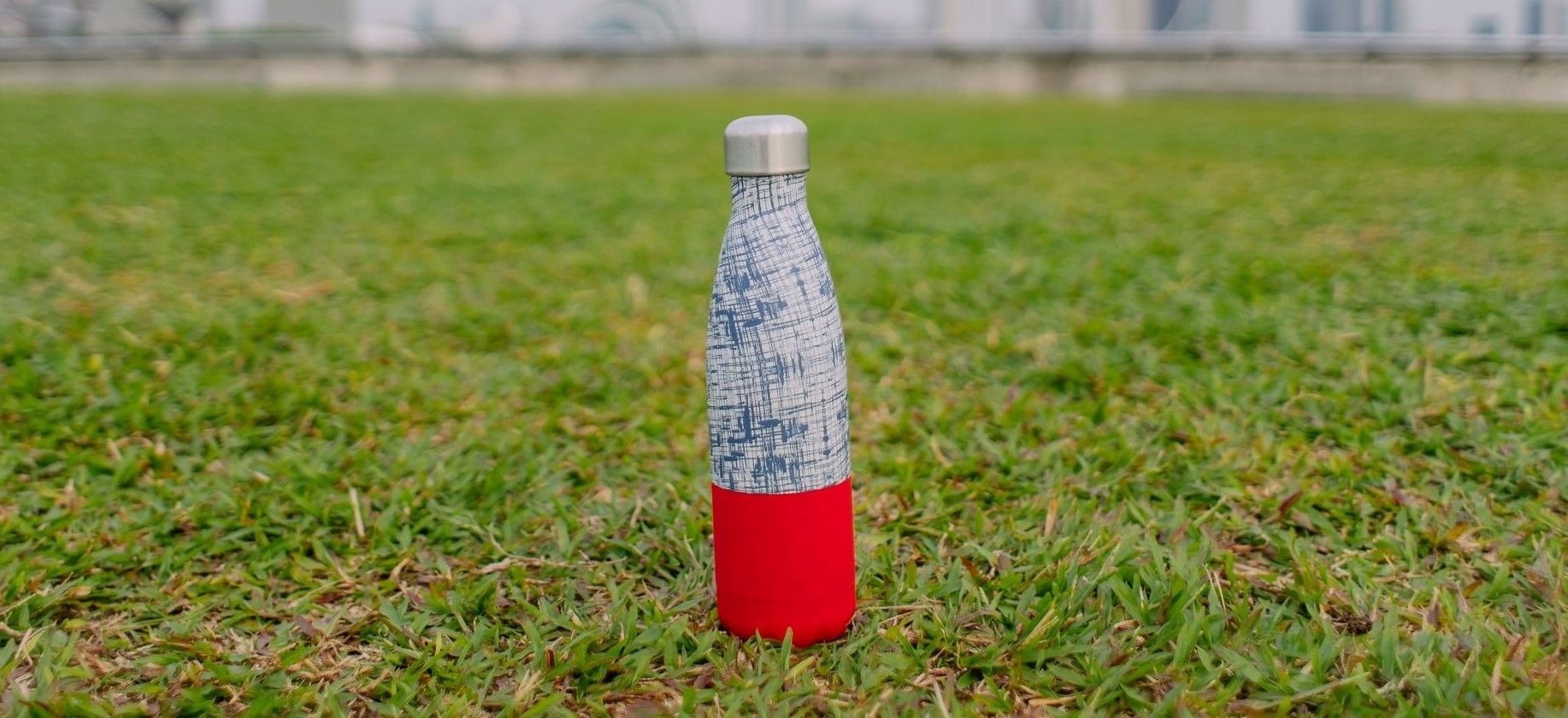
Speed ladder drills are a more challenging way to provide strength and stability in your surgical leg during high impact activities. By doing these agility drills, you can improve the strength and stability in your surgical leg and lower your chance of reinjury during high impact activities.
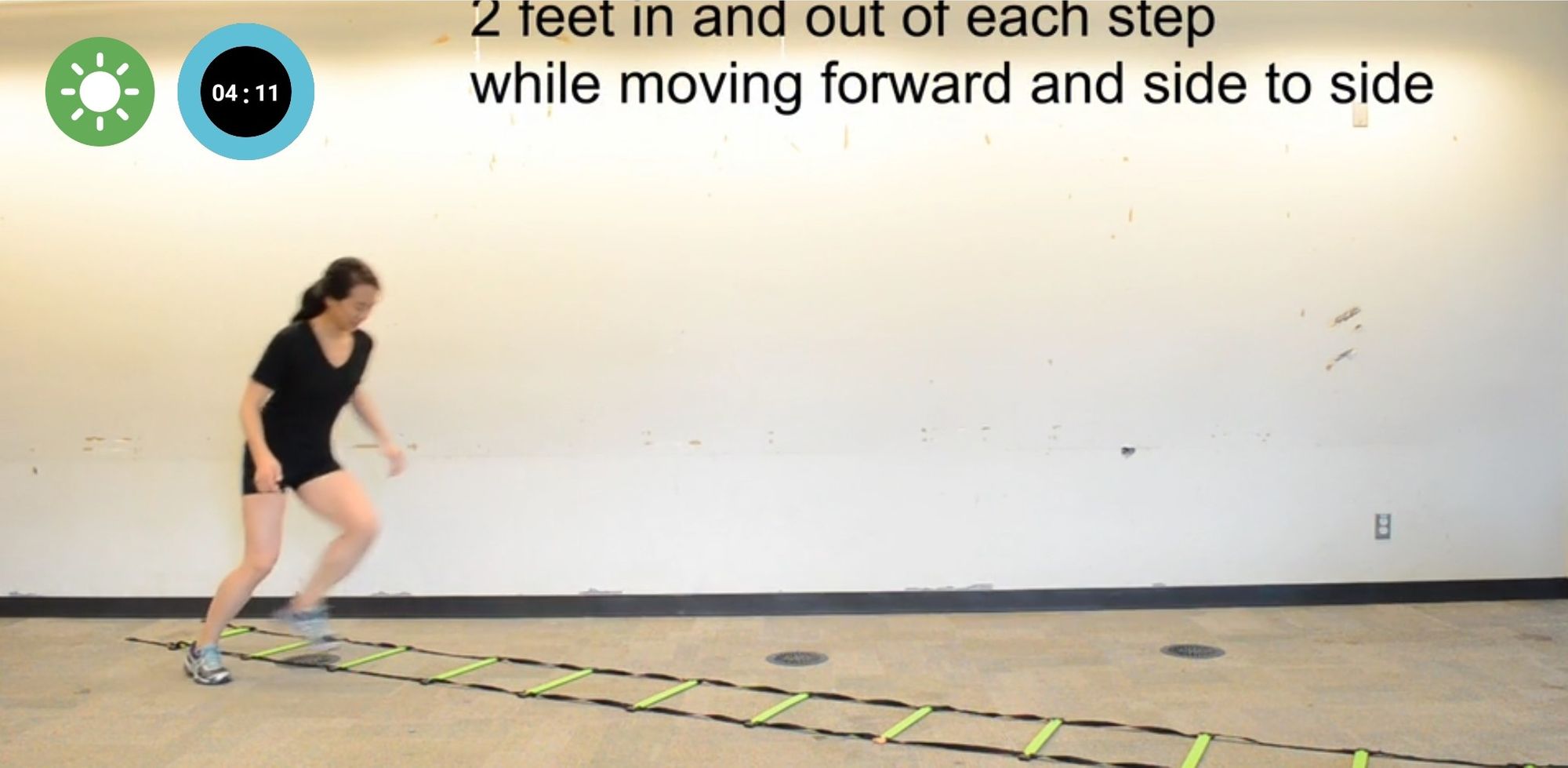
However, if you do not have a speed ladder at home there is no need to panic. You can instead use tape, thin sticks or poles that you can space out, rope or string, or shoelaces to show you where you need to place your feet during these drills.

Conclusion
You can use a wide variety of household items to replace clinical equipment when performing home exercises and the possibilities are endless. This is not a complete list of things you can use and I do not belive you should limit yourself to this list. I encourage you to get creative and find your own household items to exercise with if you must. Falling behind on your exercise program because you do not have the equipment recommended by your healthcare provider can delay your progress in returning to normal function. The most important thing to do in returning to your pre-surgical level of function is to complete your home exercise program no matter what equipment you can find that works for you.
If you are looking for a rehabilitation app that includes step by step video exercises, check out Curovate! Curovate also lets you track your progress and measure your range of motion.
If you need further customized assistance during your surgery or injury recovery check out our Virtual Physical Therapy page to book your 1-on-1 video session with a physical therapist.
Other recommended blogs
 |
 |
|---|







